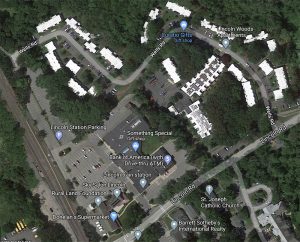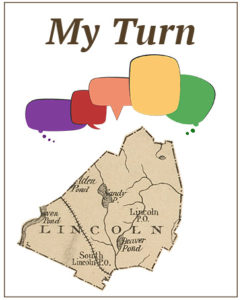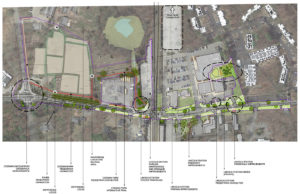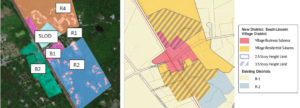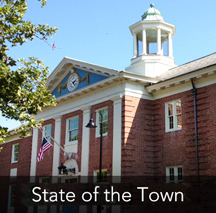 Editor’s note: This story was originally published on or about February 13 but was lost after a website malfunction and later recovered.
Editor’s note: This story was originally published on or about February 13 but was lost after a website malfunction and later recovered.
A new state law will require rezoning part of the South Lincoln area to encourage multifamily housing around the commuter rail station — something the Planning Board has been wrestling with for years but has not been able to accomplish.
The Act Enabling Partnerships for Growth, signed into law by Gov. Baker on January 14, is intended to encourage multifamily development close to transportation stops to promote greater use of public transportation. It imposes new multifamily zoning requirements for “MBTA communities” that are within a half-mile of commuter rail stops and other transit locations in eastern Massachusetts. Those communities must now have at least one zoning district in which multifamily housing is allowed by right with no age restrictions, and that district must allow at least 15 units per acre.
The law also reduces the voting approval threshold for approving certain zoning bylaw amendments and special permits from a two-thirds majority to a simple majority. These amendments include those that allow (by right or by special permit) multifamily or mixed-use developments at “eligible locations” (which would include the South Lincoln area), accessory dwelling units, and open space residential developments.
The new law is a “comprehensive economic relief and stimulus bill that will affect a multitude of industries across the Commonwealth” and includes “provisions intended to spur housing development and economic growth,” according to this analysis by JD Supra, a company that provides commentary and analysis from lawyers and law firms.
Affected towns that do not amend their zoning bylaw as required will face penalties including loss of access to state grants.
In 2019, a subset of the South Lincoln Planning and Advisory Committee (SLPAC) presented a rezoning proposal that would have created a new South Lincoln Village District with subdistricts (commercial or mixed use, and residential), with buildings up to three and a half stories allowed if they were farther back from Lincoln Road. The measure would have also given the Planning Board the authority to approve special permits for some developments rather than requiring Town Meeting approval.
The goal was to create a more vibrant “village center” with housing options that would allow for housing that’s smaller and more affordable than single-family homes for smaller households and older residents who are downsizing but want to stay in Lincoln. However, the proposal was tabled after objections from residents who worried that the apartments and condos on Ridge Road could be squeezed out and were also uncomfortable with ceding too much authority to the Planning Board.
Lincoln officials are organizing a public multiboard meeting hosted by the town’s legal counsel, KP Law, to review the new legislation and its implications for Lincoln. “After that, the Planning Board will map the way forward with directions to SLPAC as to objectives and public process,” said Director of Planning and Land Use Paula Vaughn-MacKenzie.
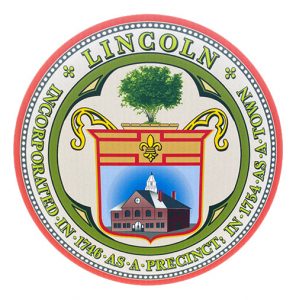 Residents heard updates on electricity aggregation, road safety measures, and planning for South Lincoln’s future at the third State of the Town meeting on November 19.
Residents heard updates on electricity aggregation, road safety measures, and planning for South Lincoln’s future at the third State of the Town meeting on November 19.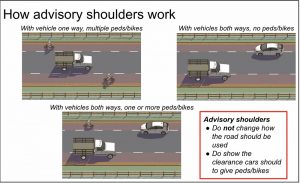
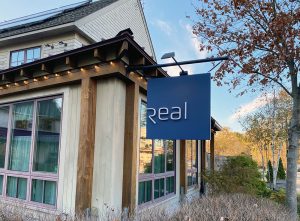 Two of the three owner/managers of Lincoln’s Real restaurant have left the business, which has suspended service for the time being, although “there is no intention to close Real,” according to remaining manager Lindsay Parker.
Two of the three owner/managers of Lincoln’s Real restaurant have left the business, which has suspended service for the time being, although “there is no intention to close Real,” according to remaining manager Lindsay Parker.